TetramethylolAcetylenediurea CAS:5395-50-6
| Catalog Number | XD95400 |
| Product Name | TetramethylolAcetylenediurea |
| CAS | 5395-50-6 |
| Molecular Formula | C8H14N4O6 |
| Molecular Weight | 262.22 |
| Storage Details | Ambient |
Product Specification
| Appearance | White powder |
| Assay | 99% min |
Tetramethylol acetylenediurea (TMAD) is a versatile organic compound that has found applications in various industries, including textiles, coatings, and adhesives. TMAD is primarily used as a cross-linking agent and a polymer modifier due to its ability to form strong chemical bonds with other molecules.One of the significant effects of TMAD is its role as a cross-linking agent in textiles. When applied to fabrics, TMAD reacts with hydroxyl groups present in cellulose fibers or other substrates, resulting in the formation of covalent bonds. This cross-linking process improves the fabric's durability, strength, resistance to wrinkling, and crease recovery. Additionally, TMAD-treated fabrics exhibit improved resistance to washing and enhanced dye uptake, leading to vibrant and long-lasting colors.In the coatings industry, TMAD is used as a cross-linking agent to improve the performance of paints and coatings. When incorporated into coating formulations, TMAD reacts with functional groups, such as hydroxyl or carboxyl groups, present in binders and pigments. This cross-linking reaction leads to improved film hardness, chemical resistance, adhesion, and long-term durability of the coatings.TMAD is also utilized as a polymer modifier due to its ability to enhance the properties of polymers. When added to polymer formulations, TMAD can react with functional groups in the polymer chains, promoting cross-linking and increasing the polymer's strength, toughness, and thermal stability. This modification process is especially valuable in the production of adhesives, where TMAD improves the adhesive's bonding strength and resistance to environmental factors like moisture and heat.Furthermore, TMAD has been explored for its antimicrobial properties. Research has shown that TMAD derivatives exhibit significant antibacterial and antifungal activity against various microorganisms. This antimicrobial effect makes TMAD a promising candidate for the development of antimicrobial coatings, textiles, and other materials with applications in healthcare, food packaging, and other industries where microbial growth prevention is crucial.Overall, tetramethylol acetylenediurea offers numerous beneficial effects, including improved fabric properties, enhanced coating performance, modified polymer characteristics, and potential antimicrobial activity. Its versatility and ability to form strong chemical bonds make TMAD a valuable compound in various industrial applications.


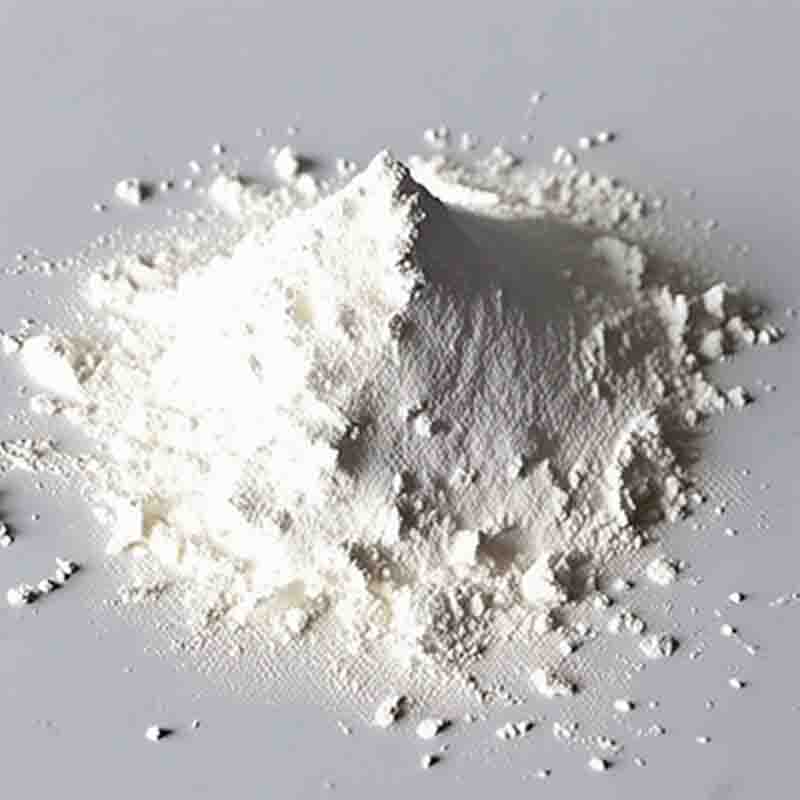

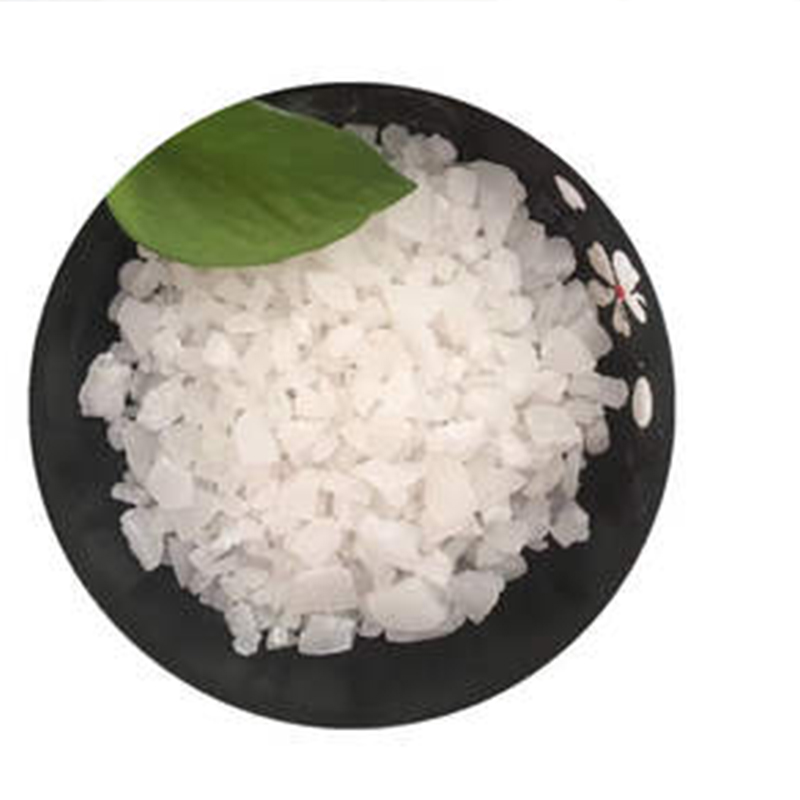
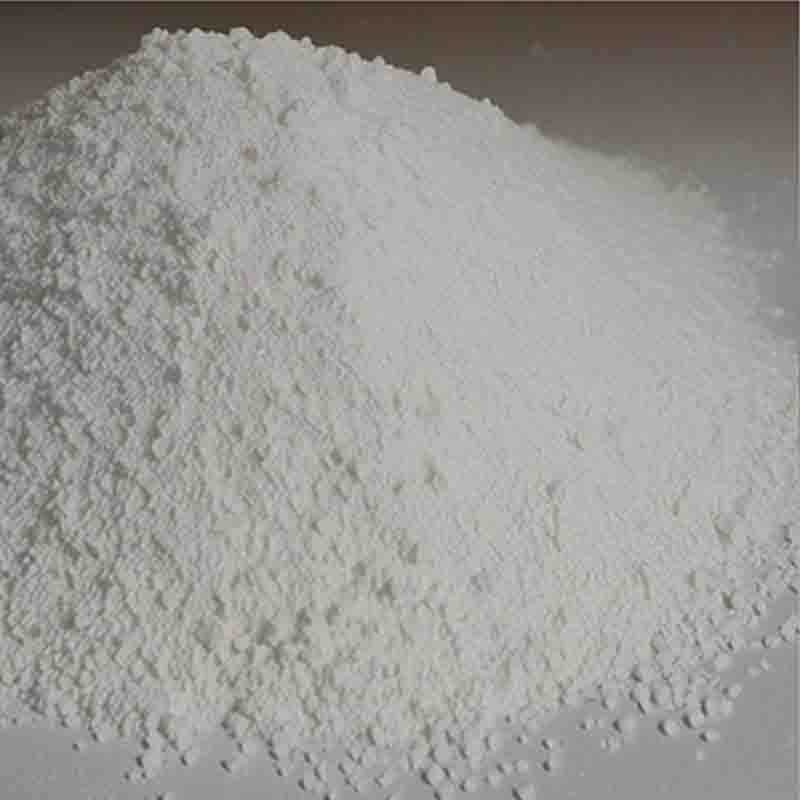
![4-[4-[(5S)-5-(Aminomethyl)-2-oxo-3-oxazolidinyl]phenyl]-3-morpholinone hydrochloride CAS: 898543-06-1](https://cdn.globalso.com/xdbiochems/白色粉末2131.jpg)
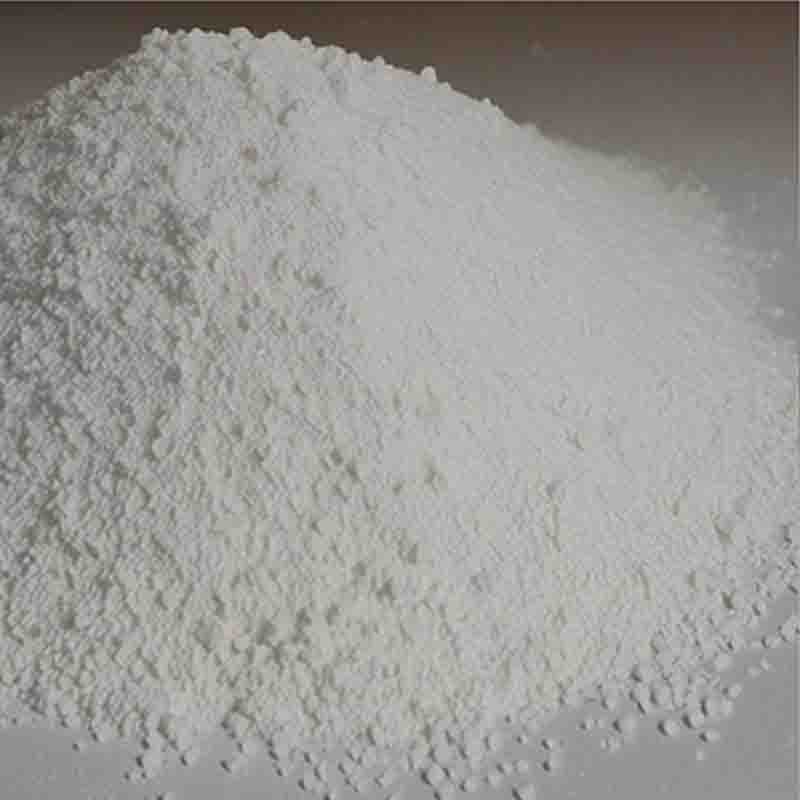
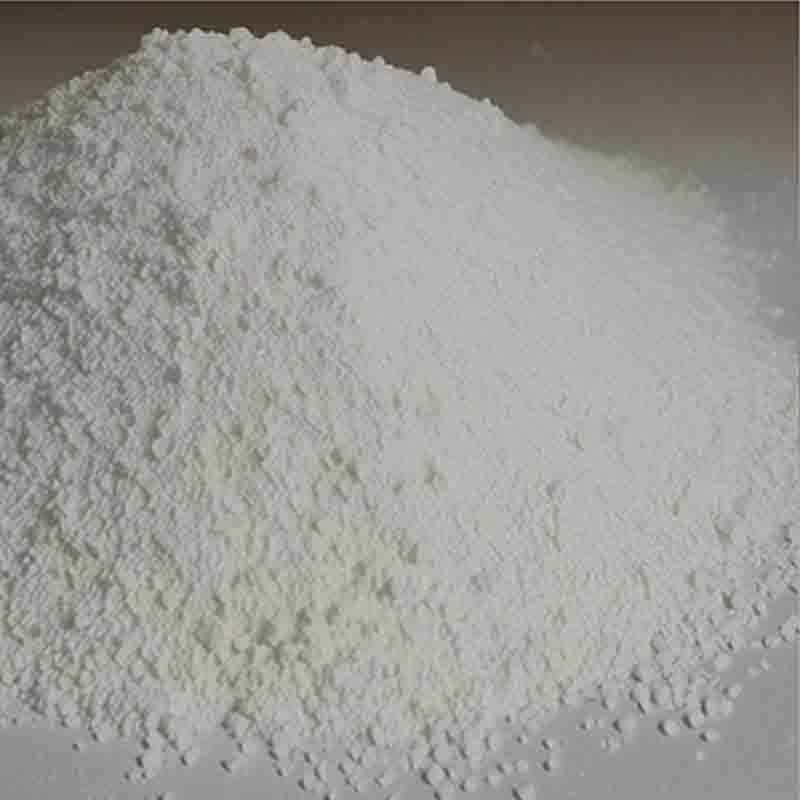
![6,8-dibromoimidazo[1,2-a]pyrazine CAS:63744-22-9](https://cdn.globalso.com/xdbiochems/白色粉末21788.jpg)